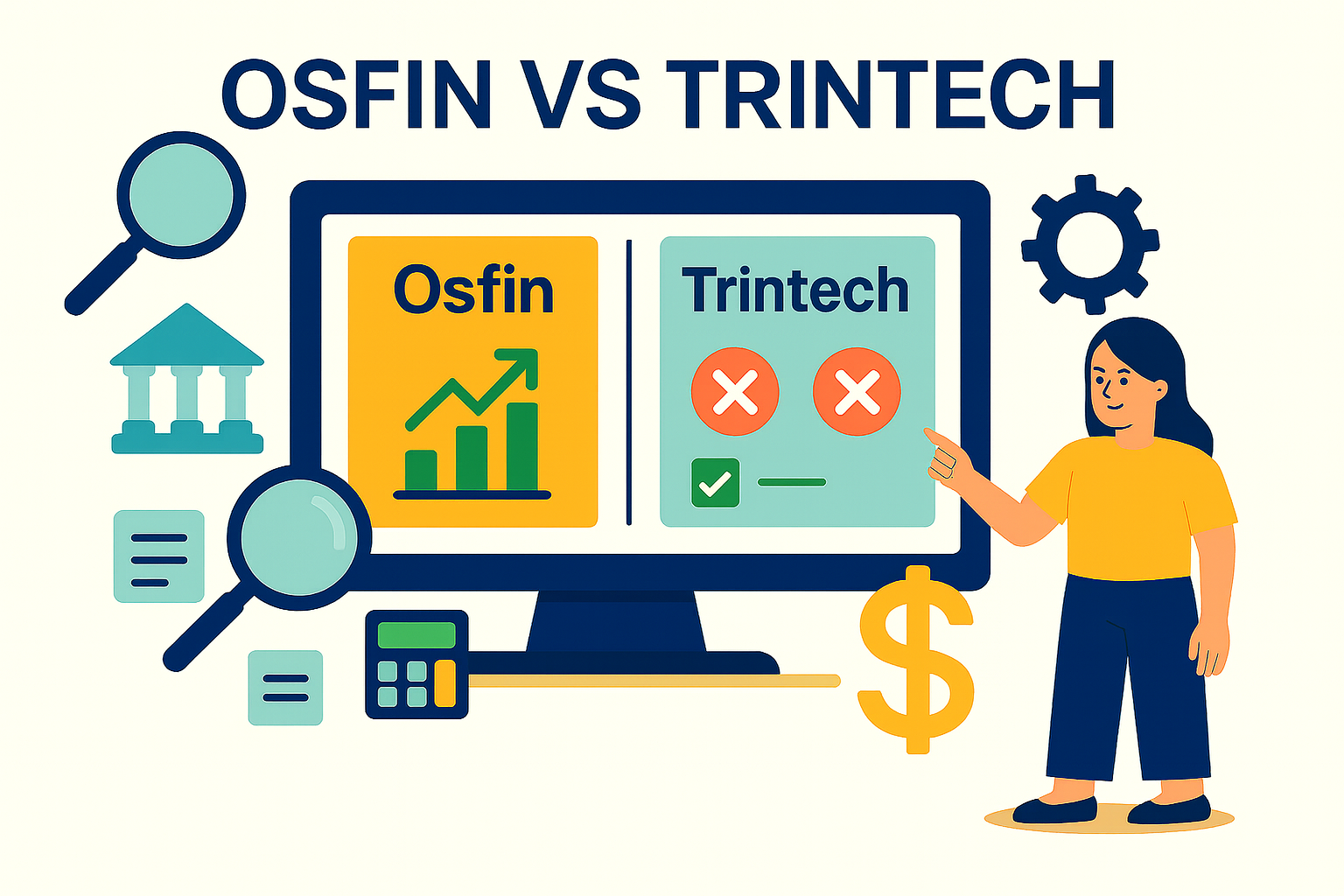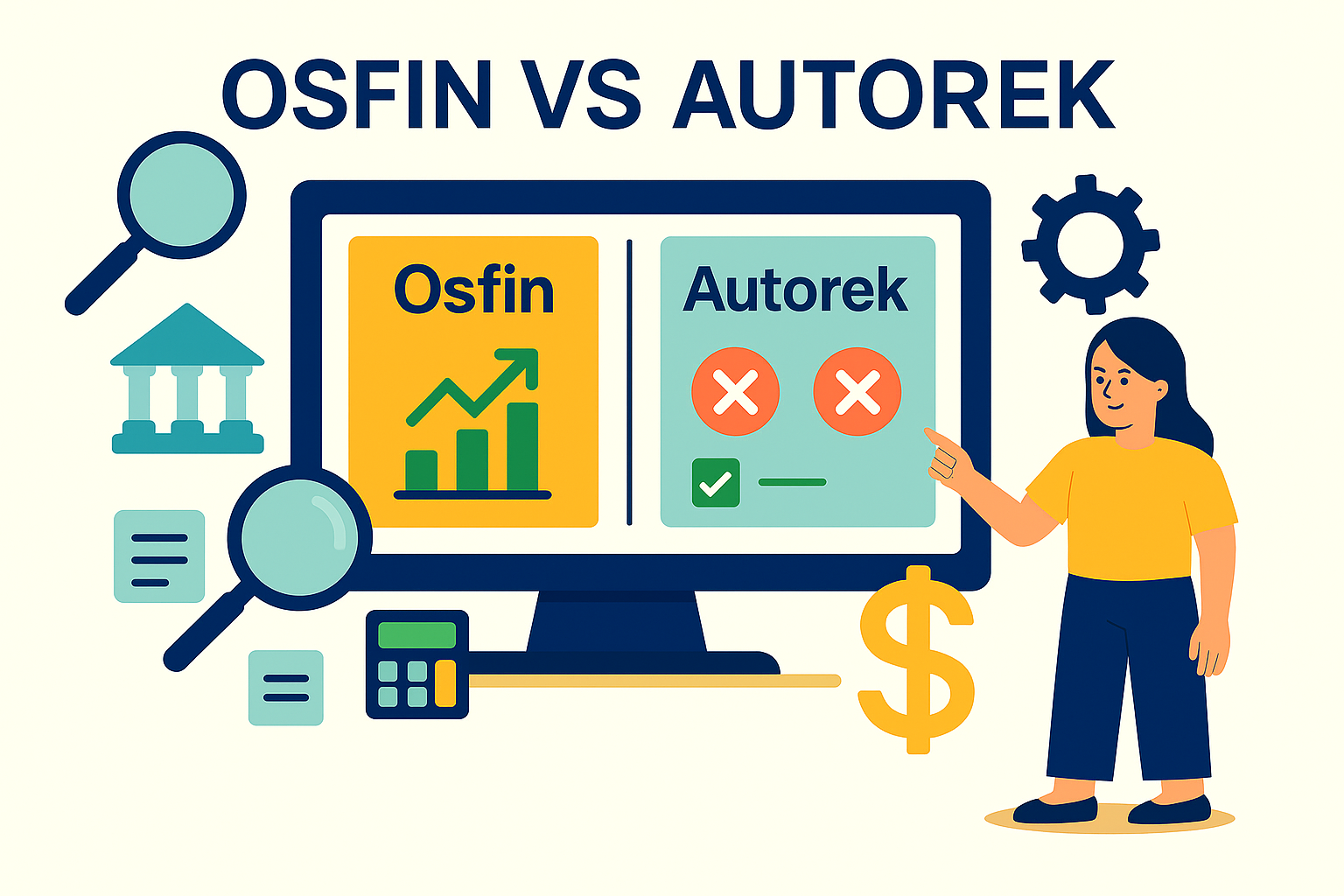Common Bank Reconciliation Mistakes to Avoid
In a world where most of our money moves around digitally, one old-school finance habit stands out for its importance – bank reconciliations. Did you know that poor cash management is the main reason why 82% of businesses fail, according to a U.S. Bank study? And yet, many businesses still overlook the simple, powerful practice of regular bank reconciliations.
Dave Ramsey, a well-known finance guru, once said, "You must gain control over your money, or the lack of it will forever control you." Bank reconciliations help us do just that. They help us make sure we're on top of our finances, without any errors, and that all our money is accounted for.
In this blog, we're going to look at some examples of how bank reconciliations can help businesses.
Bank reconciliations act like a safety net, stopping financial mistakes from turning into disasters, spotting illegal transactions, and helping businesses deal with delays. No matter how large or small a business is, it's essential to have a regular bank reconciliation process.
The Crucial Role of Bank Reconciliation
Before we explore the examples, it's essential to understand the role of bank reconciliations in financial management. bank reconciliations are a necessary practice for businesses of all sizes. This process ensures that the company's recorded transactions match those from the bank's records.
By performing bank reconciliations, a company can identify any discrepancies, such as unrecorded transactions, bank errors, or even fraudulent activities. Regular bank reconciliations provide an additional layer of financial control and accuracy, making it an indispensable part of financial management.
Example 1: The Delayed Cheque
XYZ Corp, a medium-sized tech company, noted a discrepancy between its cash book and the bank statement on 30th April 2023. The cash book showed a balance of $5,000, while the bank statement reported a balance of $4,500.
During the bank reconciliation process, XYZ Corp identified a cheque of $500 that had been issued but still needed to be processed by the bank. The delay in cheque processing resulted in a temporary discrepancy between the bank statement and the cash book, which was resolved through bank reconciliation.
Example 2: Unnoticed Bank Charges
XYZ Enterprises, a manufacturing company, experienced a similar situation. Their bank statement showed a balance of $10,000, while their cash book displayed a balance of $10,050.
Upon conducting bank reconciliation, XYZ Enterprises discovered that the bank had charged a $50 fee for certain services. This fee was recorded in the bank statement but had been overlooked in the company's cash book.
Example 3: The Case of Double Entries
XYZ Solutions, a digital marketing agency, noticed a substantial difference between its cash book and bank statement. An outgoing check of $2,000 was recorded twice in the cash book but was correctly recorded in the bank statement.
Through rigorous bank reconciliation, XYZ Solutions spotted this duplication and corrected its cash book. This example demonstrates the importance of bank reconciliation in detecting double entries and ensuring the accuracy of financial records.
Example 4: Detecting Unauthorized Transactions
Our last example involves XYZ Innovations, a startup in the clean energy sector. During a routine bank reconciliation, they spotted a transaction of $1,000 recorded in the bank statement but not in their cash book. Further investigation revealed that this was an unauthorized transaction.
Thanks to bank reconciliation, XYZ Innovations could promptly detect this fraudulent activity and take necessary actions. This real-life example emphasizes the crucial role of bank reconciliations in identifying and preventing unauthorized transactions.
Common Mistakes to Avoid in Bank Reconciliation
Now that we have been over some examples and the importance of bank reconciliation, let’s explore some common mistakes to avoid:
Failure to Reconcile Regularly
One mistake businesses make is not performing bank reconciliation regularly. Delaying the process increases the chances of errors going unnoticed, making it harder to identify and resolve discrepancies.
Incorrect Data Entry
Accurate data entry is crucial for successful bank reconciliation. Transposing numbers, inputting incorrect amounts, or omitting transactions can lead to discrepancies between your records and the bank statement. Take the time to double-check all entries for accuracy.
Overlooking Outstanding Cheques or Deposits
It's easy to forget about outstanding cheques or deposits that still need to clear the bank. Account for these items to ensure accurate reconciliation. Include them in your bank reconciliation process and follow up on unresolved items.
Neglecting to Review Bank Fees
Bank fees can often be noticed if carefully reviewed during the reconciliation process. These fees can impact your cash balance and financial statements. Take the time to compare your bank statement with your records to ensure all fees are properly recorded.
Inadequate Documentation
There needs to be more documentation to identify and resolve discrepancies during the reconciliation process. Keep detailed records of all transactions, including receipts, invoices and bank statements, to support your reconciliation and facilitate accurate tracking.
Lack of Segregation of Duties
Multiple individuals should be involved in the bank reconciliation process to ensure checks and balances. This helps minimize the risk of errors or fraudulent activities going unnoticed. Separate the responsibilities of recording transactions, reconciling accounts and authorizing payments.
Failure to Investigate and Resolve Discrepancies
Identifying discrepancies requires investigating their root causes and taking appropriate action to ensure the bank reconciliation process is effective. It's crucial to investigate any discrepancies, reconcile the differences and rectify the underlying issues to ensure accurate financial records.
Conclusion
In conclusion, as demonstrated by the real-life examples we've explored, bank reconciliation is a powerful tool for organizations of all sizes, helping them navigate through financial challenges and ensure the accuracy of their financial records.
By identifying discrepancies, such as processing delays, unnoticed bank charges, double entries and unauthorized transactions, bank reconciliation provides businesses with the means to take prompt action and maintain financial control. At the same time, businesses must avoid common mistakes that can undermine the effectiveness of this practice.
One platform you can use to make everything easier is Osfin. Osfin provides automated solutions for bank reconciliation, helping businesses track & reconcile transactions, identify discrepancies, manage exceptions and thus prevent financial errors. With vast integration capabilities and advanced algorithms, we streamline the reconciliation process, enhance efficiency and ensure the accuracy of financial records.


